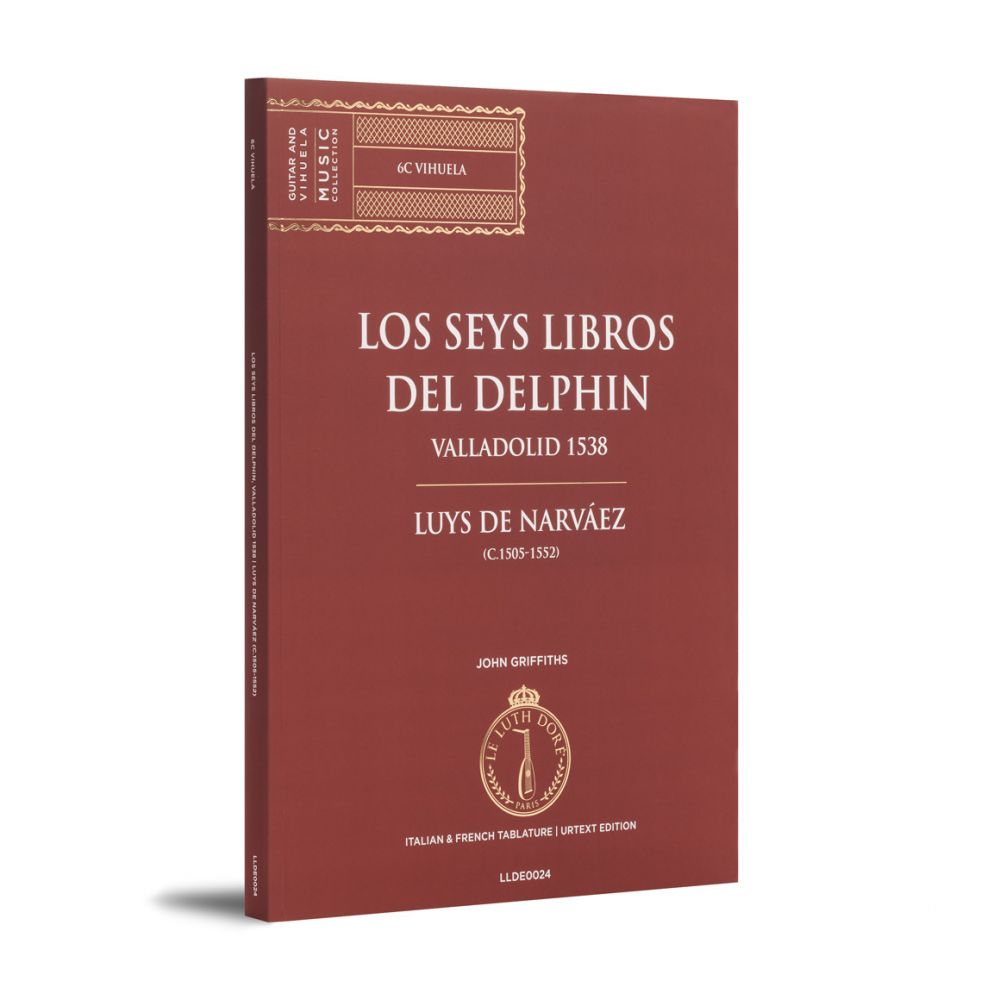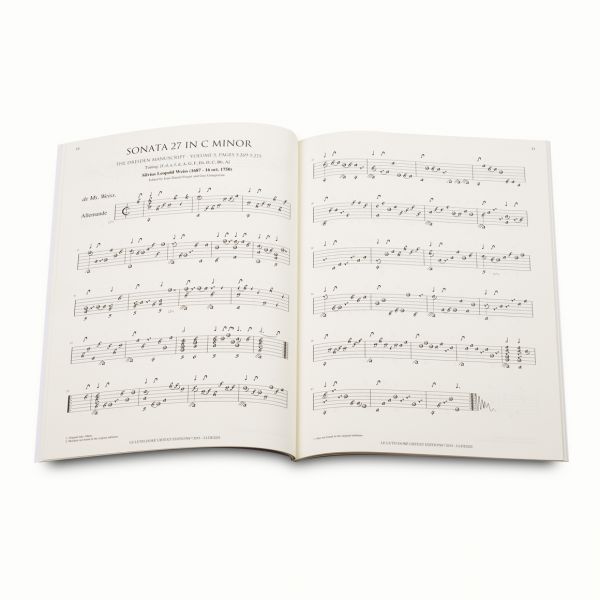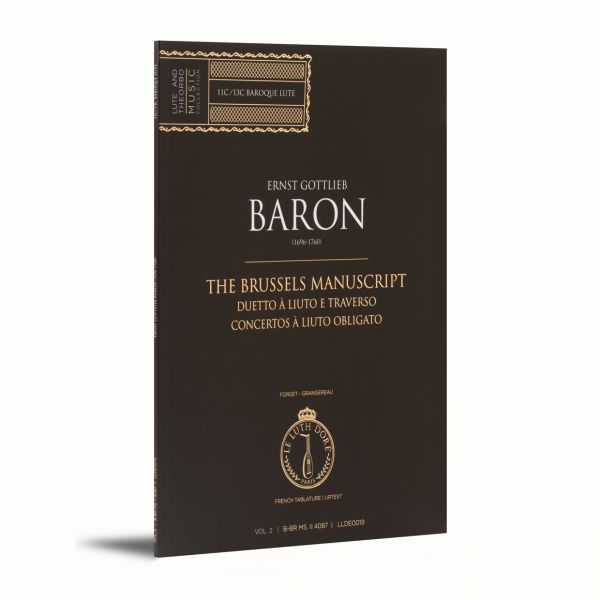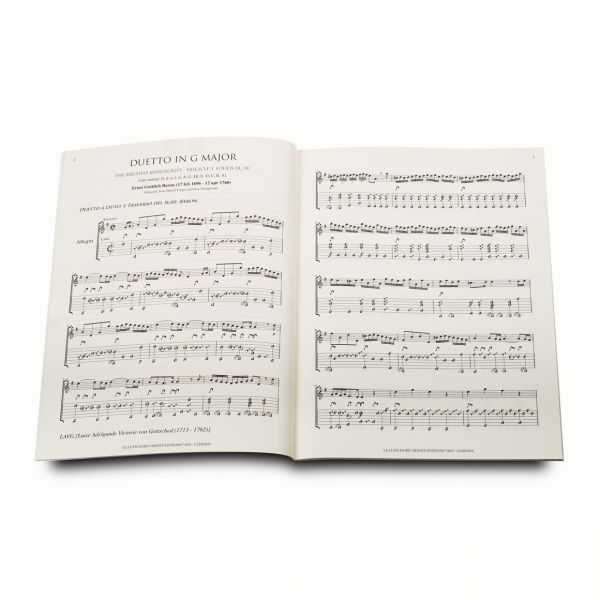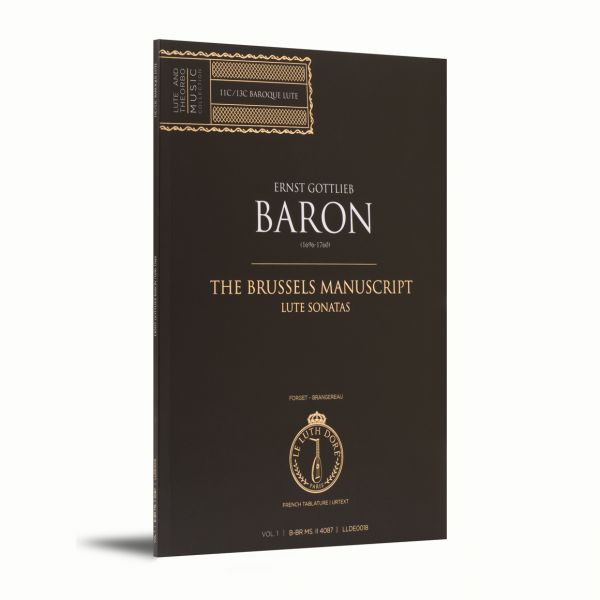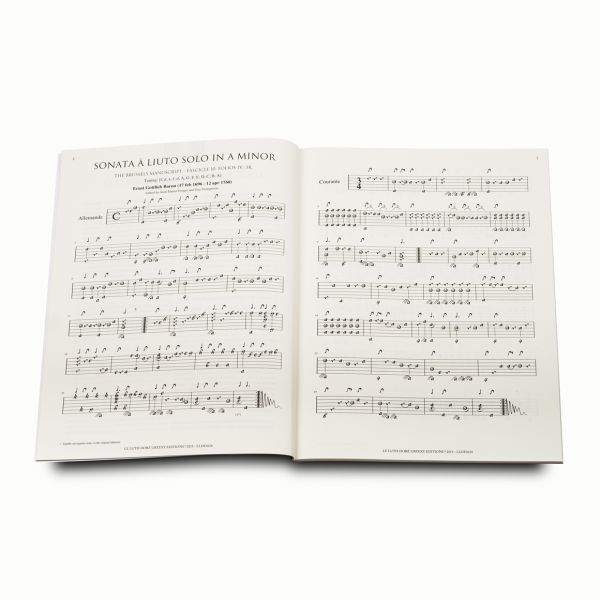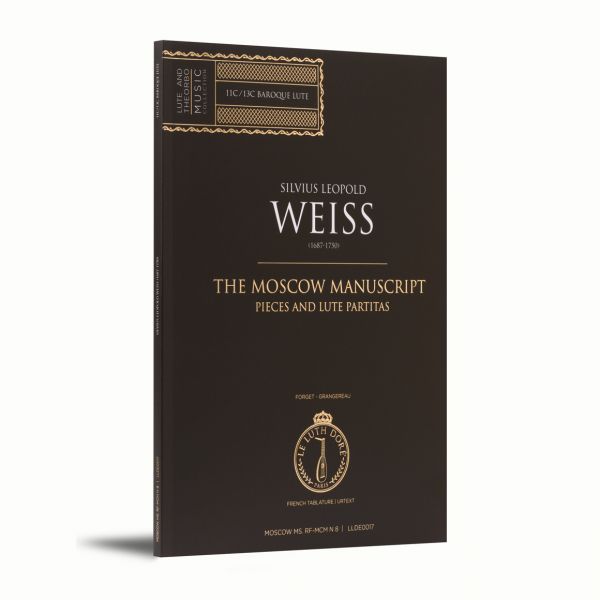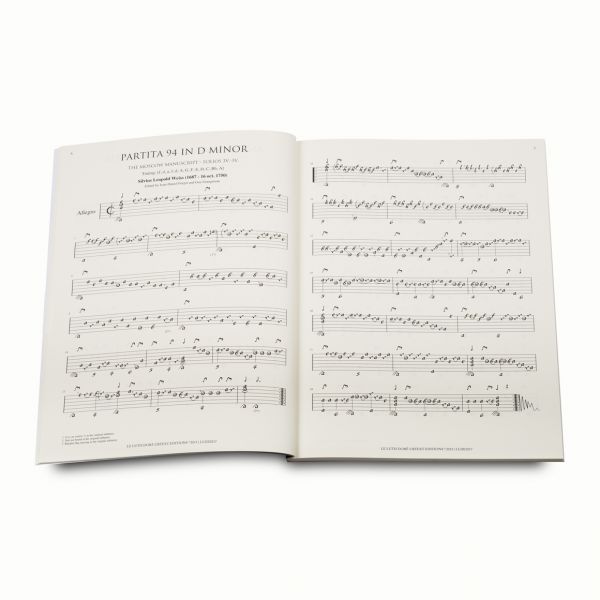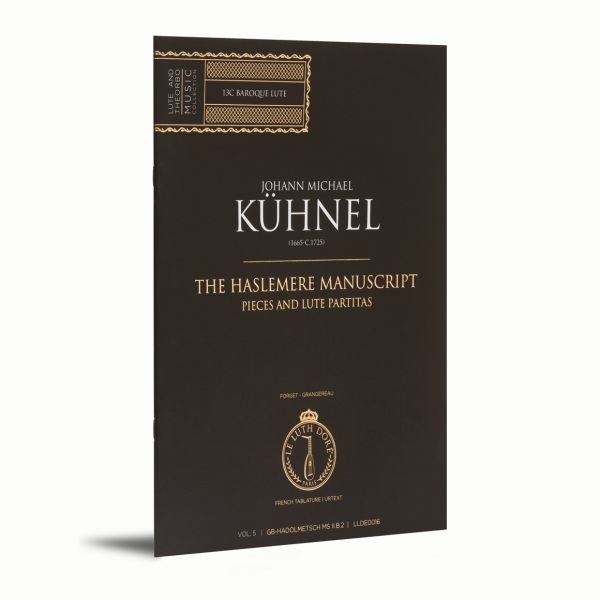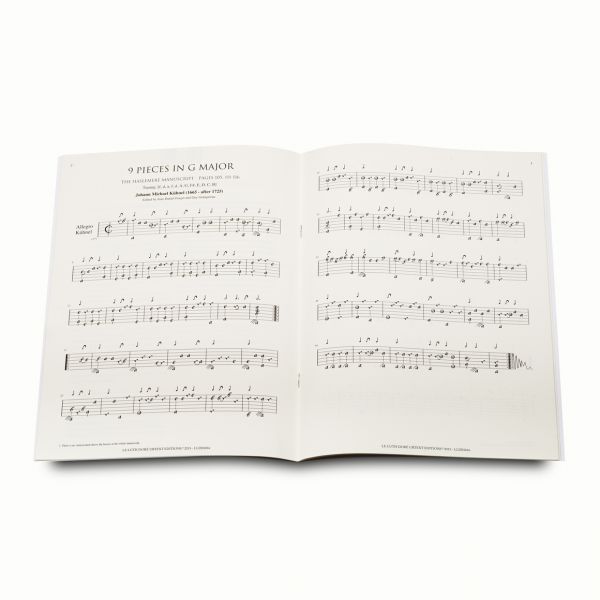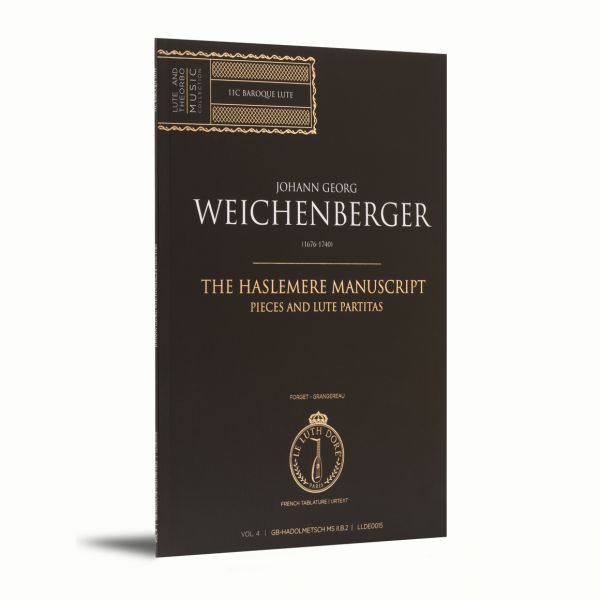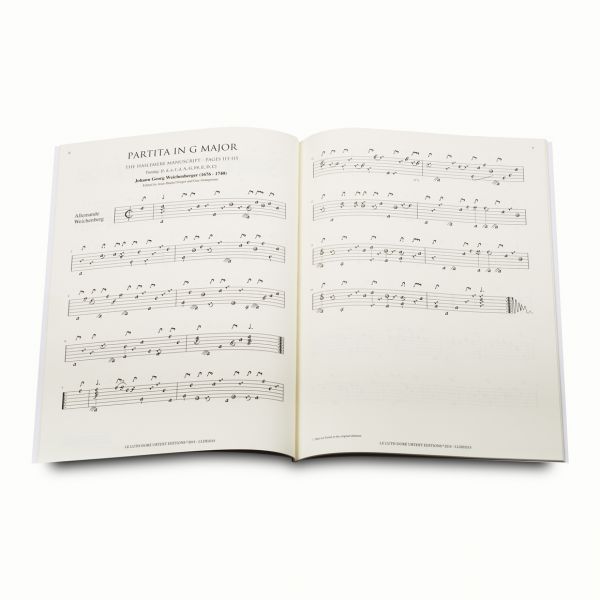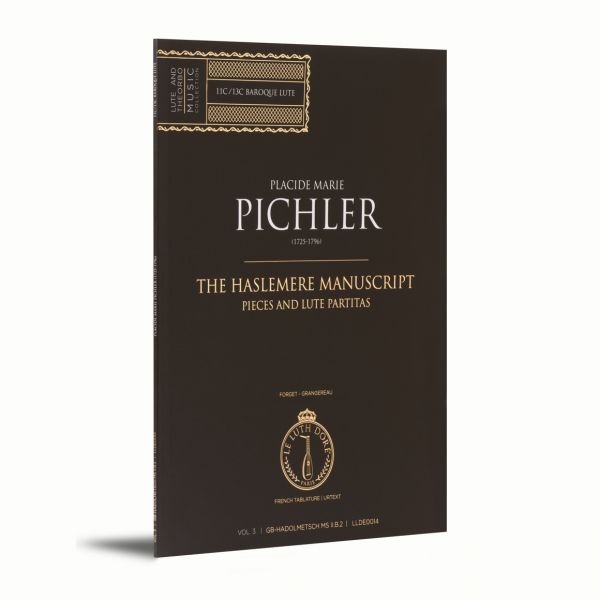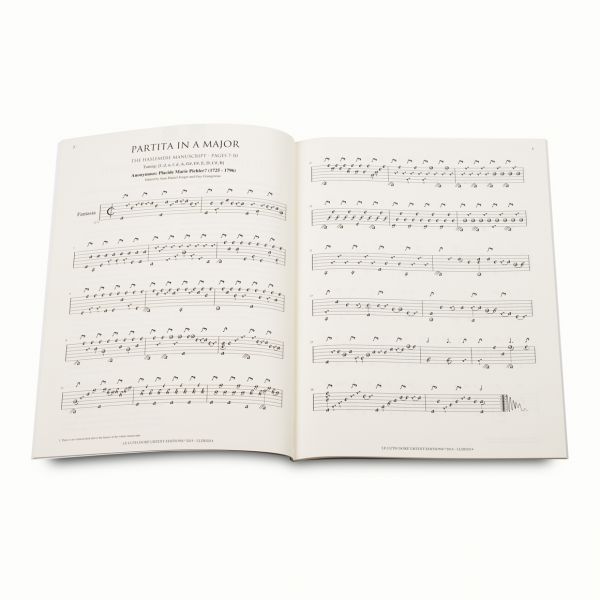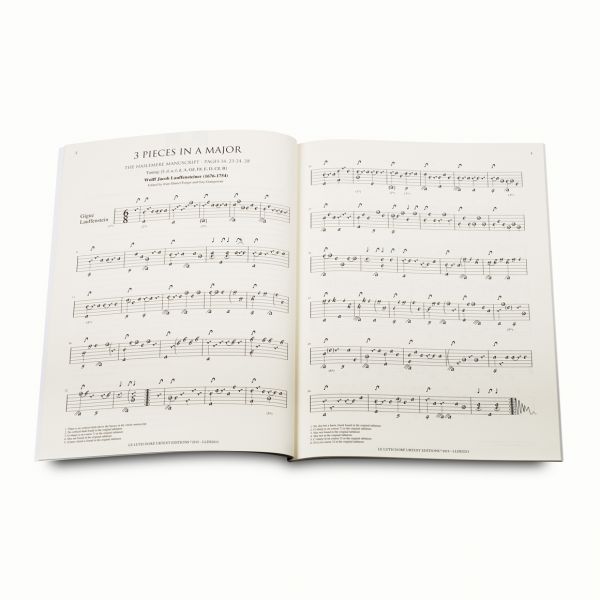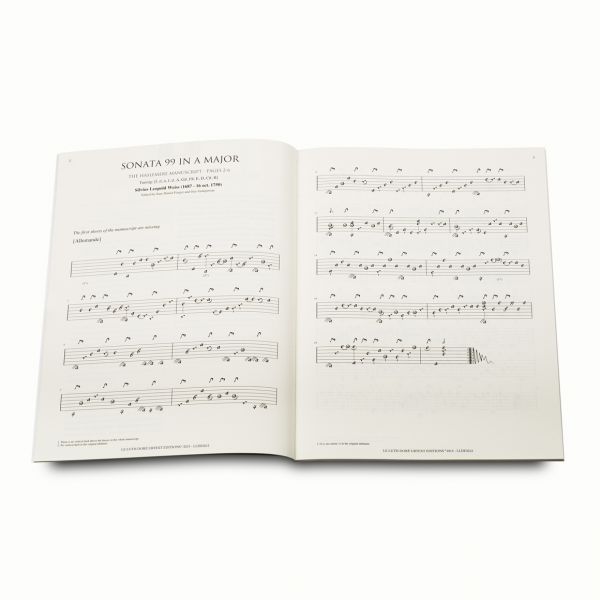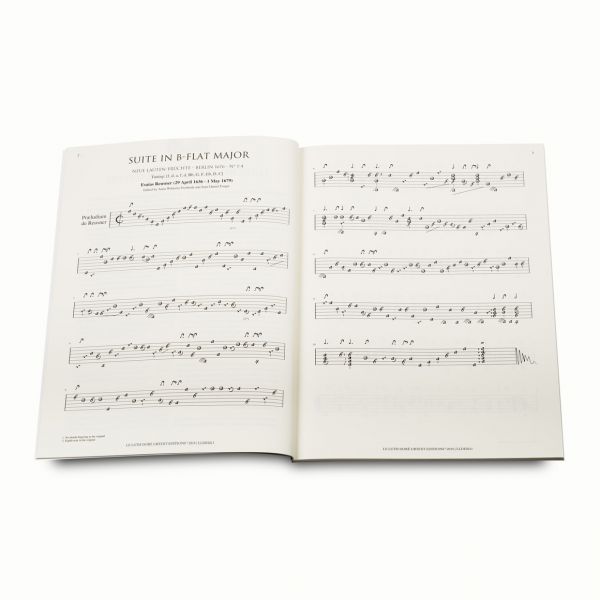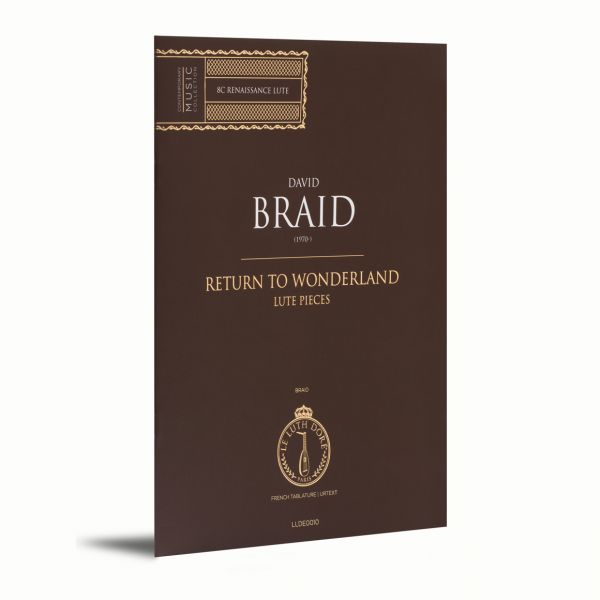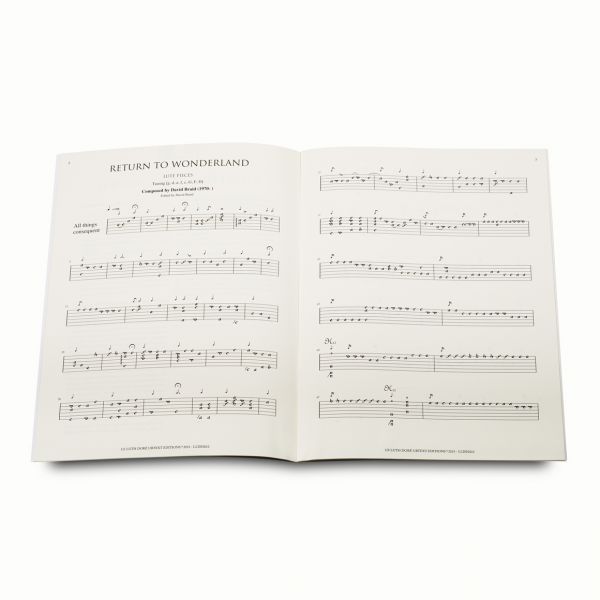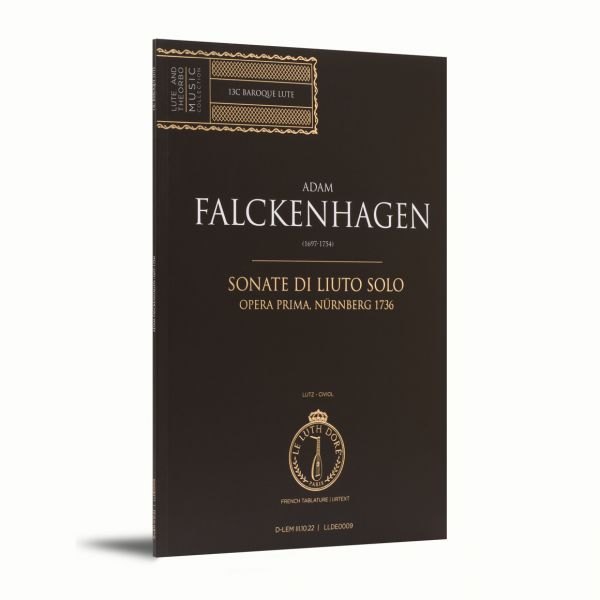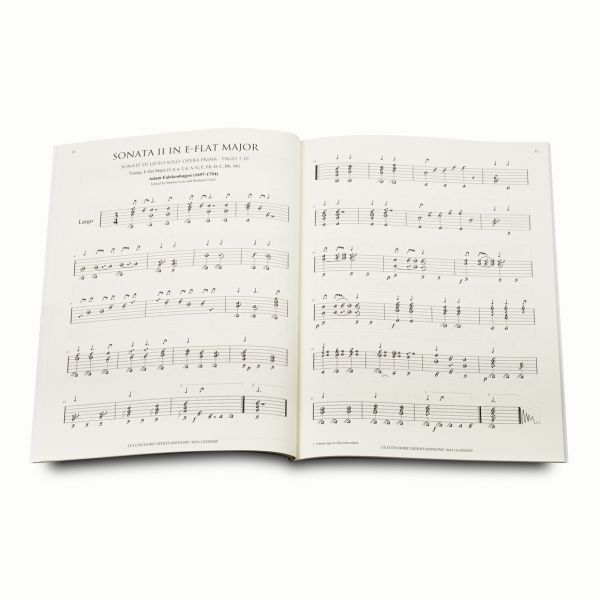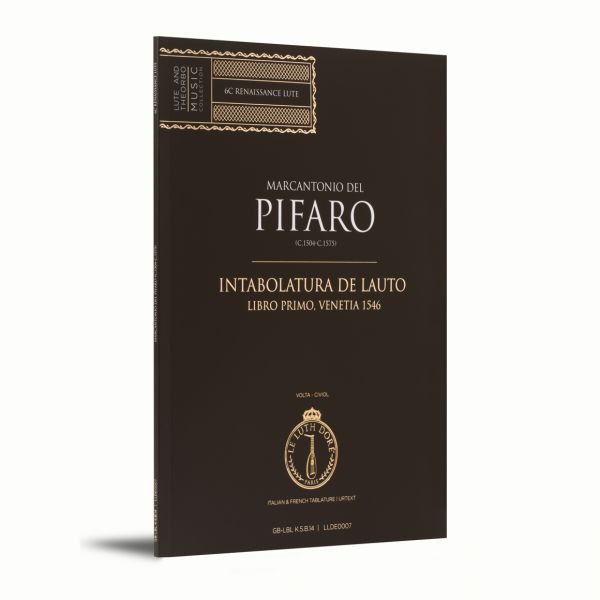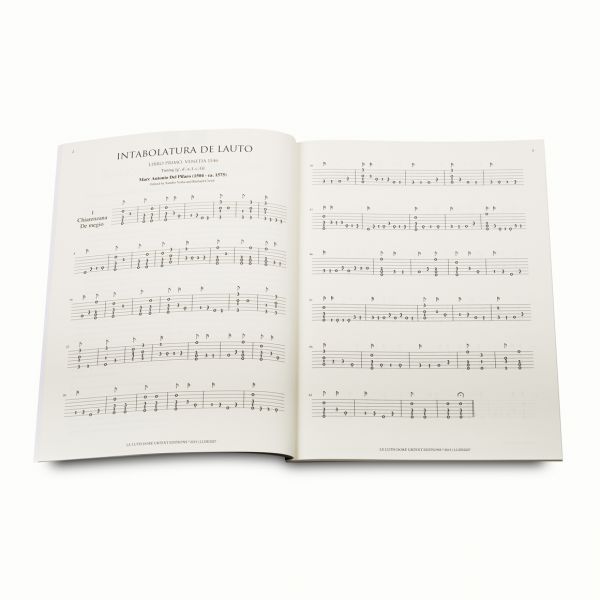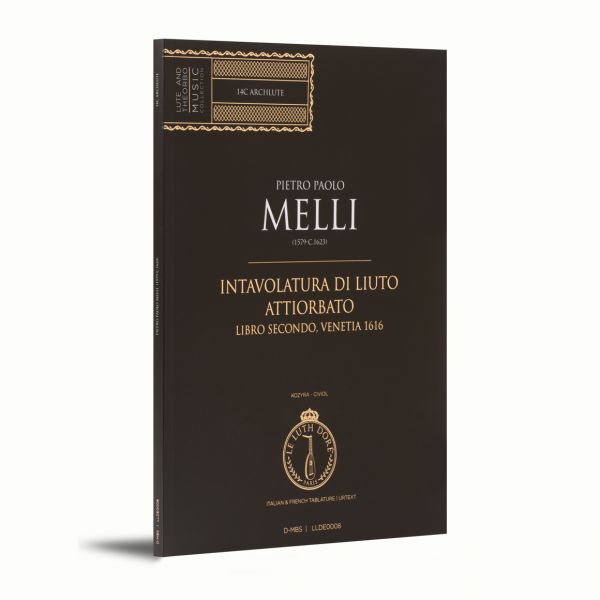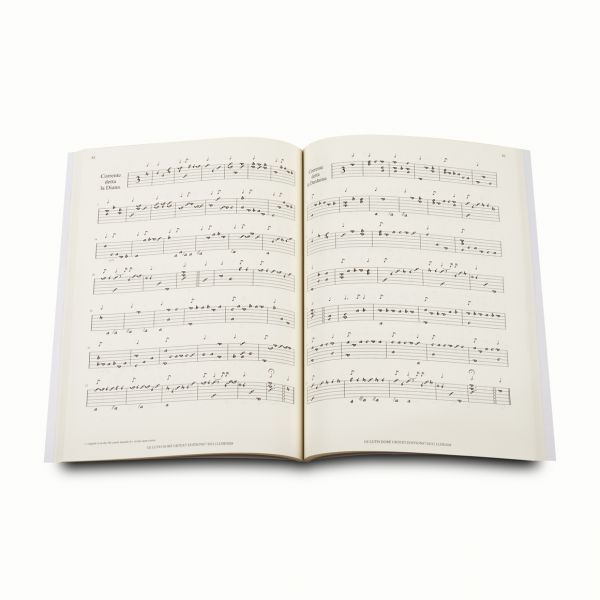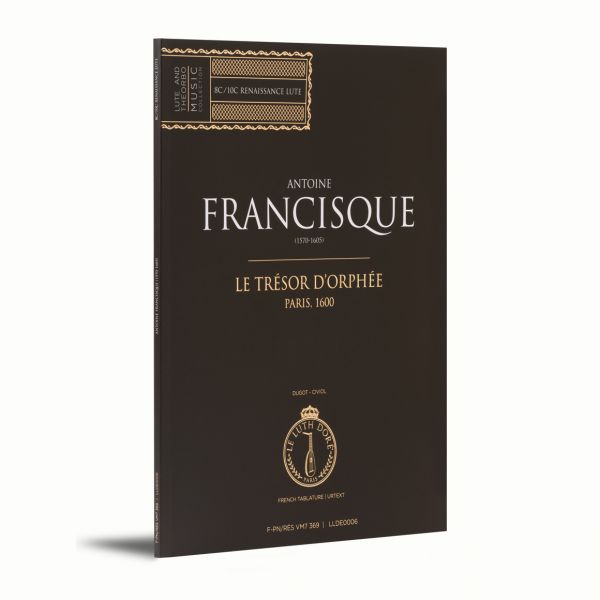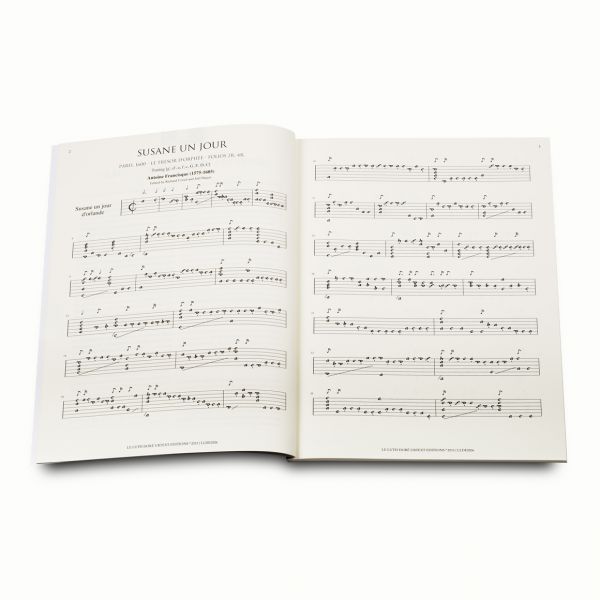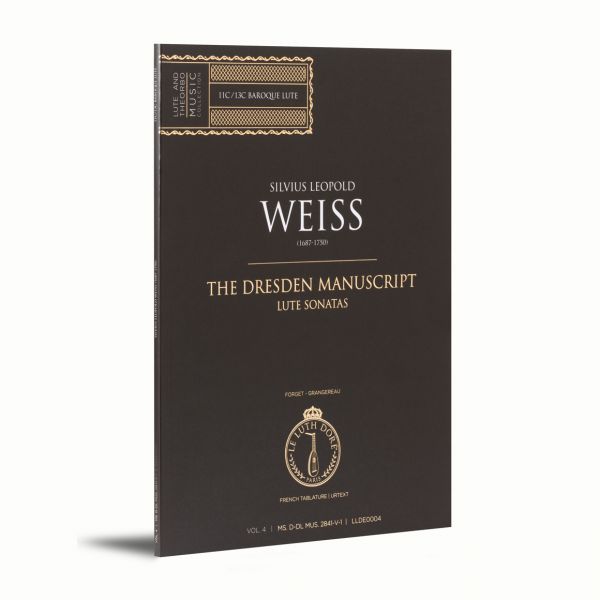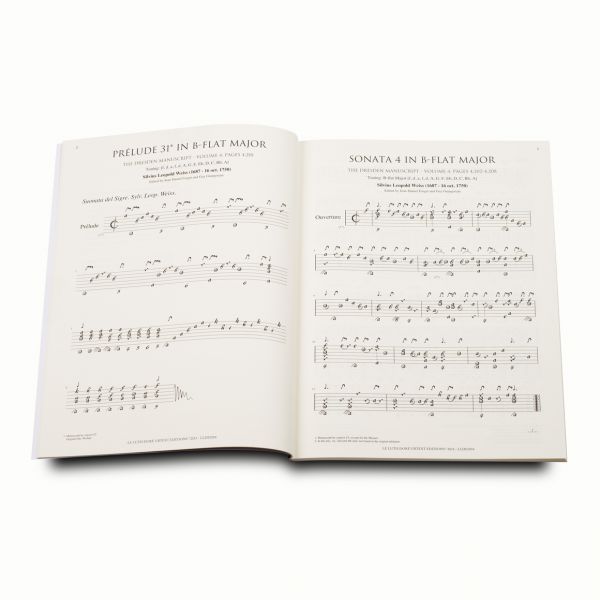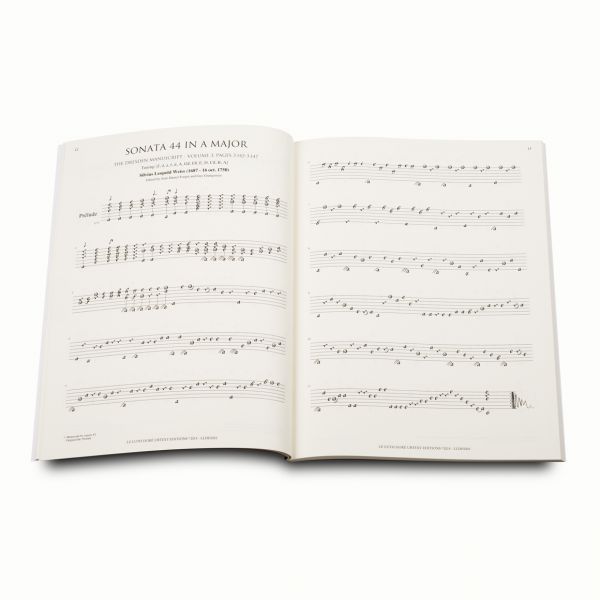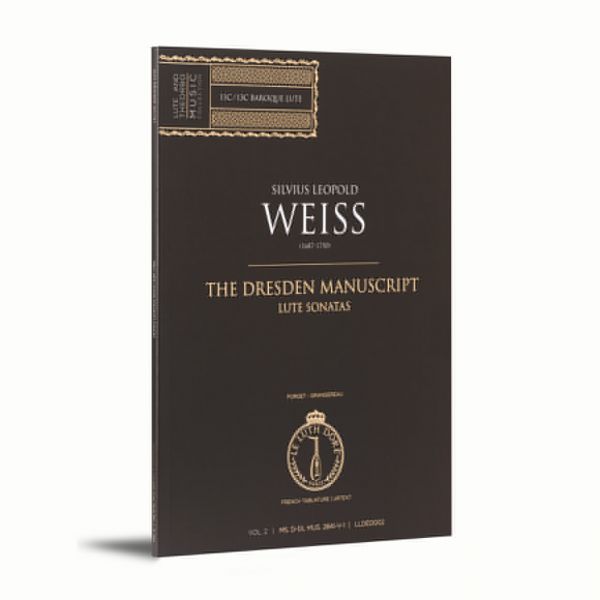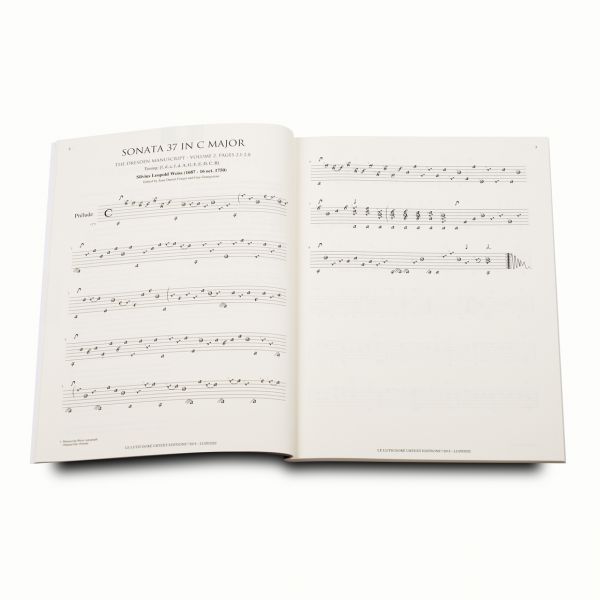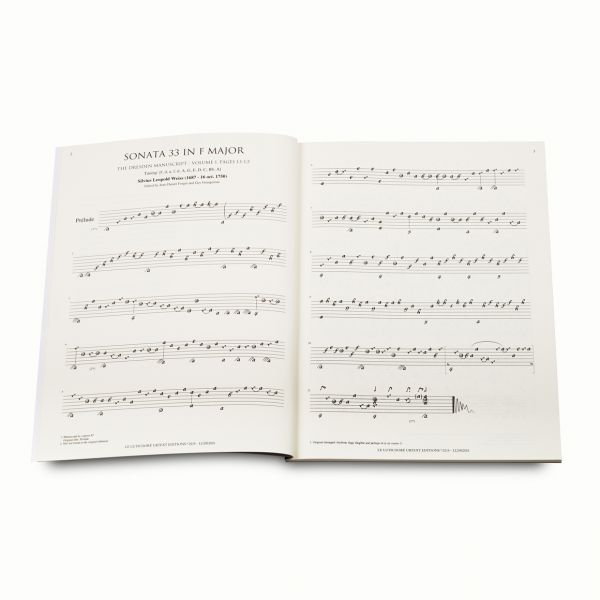ITALIAN TABLATURE (URTEXT)
Libro primero. Fantasias
[1] Primer tono por gesolreut
[2] El segundo tono
[3] Tercer tono
[4] El quarto tono
[5] Quinto tono de Consonancia
[6] Sesto tono sobre fa vt mi re
[7] Septimo tono sobre vt re mi fa mi
[8] El octauo tono
El segundo libro
[9] Fantasía del primer tono
[10] Esta fantasia es del quarto tono
[11] Esta fantasía es del quinto tono
[12] Otra fantasía del quinto tono
[13] del primero tono por gesolreut
[14] Fantasía
El tercero libro
[15a] Sanctus [de Josquin] de la misa [Ercules Dux ferarie]
[15b] Ossanna de la misma missa
[16a] Sanctus de Josquin de la misa faissan regres
[16b] Ossanna de ma misma missa
[17] Este cum sancto spiritu es de la Missa sine nomine de Josquin
[18] La canción del Emperador… de Josquin
[19] [Jamais je n’euz tant de soulas] Cancion de Nicolas Gombert
[20] Canción [Si par soufrir]
[21] Ricaforte. Je veulx layser melancolie
El quarto libro
[22] Seys diferencias de contrapunto sobre el igno... O gloriosa domina.
Segunda diferencia de dos tiples sobre el tenor
Tercera diferencia a duo
Quarta differencia de proporcion
Quinta diferencia el canto llano por tiple Dupla.
Sesta diferencia es canto llano por tenor
[23] Otras seys diferencias de Sacris solemnis
Segunda diferencia
Tercera diferencia de proporcion Quarto contrapunto
Quinta diferencia es a duo
Otro contrapunto de Sacris solemniis
El quinto libro. Romances y villancicos
[24] Ya se asienta el rey Ramiro
[25] Paseábase el rey moro
[26] Tres diferencias sobre vn villancico que dize
si tantos halcones la garça combaten
Segunda diferencia
Tercera diferencia
[La buelta]
[27] Seys diferencias de contrapunto sobre vn villancico...
y la mi cinta dorada por que me la toma quien no me la dio.
Segunda diferencia
[Tercera diferencia]
Quarta diferencia
Quinta diferencia
Sesta diferencia
[28] La bella mal maridada
La buelta
[29] Contra punto sobre el villancico que dize:
con que la lauare la tez de la mi cara.
La buelta
[30] Arde coraçon arde
El sesto libro
[31] Conde Claros del sexto tono
[32] Quatro diferencias sobre Guardame las vacas. Son del primer tono
[33] Otras tres diferencias hechas por otra parte
[34] Baxa de contrapunto el canto llano lleua el tiple. Es octauo tono.
Libro primero. Fantasias
[1] Primer tono por gesolreut
[2] El segundo tono
[3] Tercer tono
[4] El quarto tono
[5] Quinto tono de Consonancia
[6] Sesto tono sobre fa vt mi re
[7] Septimo tono sobre vt re mi fa mi
[8] El octauo tono
El segundo libro
[9] Fantasía del primer tono
[10] Esta fantasia es del quarto tono
[11] Esta fantasía es del quinto tono
[12] Otra fantasía del quinto tono
[13] del primero tono por gesolreut
[14] Fantasía
El tercero libro
[15a] Sanctus [de Josquin] de la misa [Ercules Dux ferarie]
[15b] Ossanna de la misma missa
[16a] Sanctus de Josquin de la misa faissan regres
[16b] Ossanna de ma misma missa
[17] Este cum sancto spiritu es de la Missa sine nomine de Josquin
[18] La canción del Emperador… de Josquin
[19] [Jamais je n’euz tant de soulas] Cancion de Nicolas Gombert
[20] Canción [Si par soufrir]
[21] Ricaforte. Je veulx layser melancolie
El quarto libro
[22] Seys diferencias de contrapunto sobre el igno... O gloriosa domina.
Segunda diferencia de dos tiples sobre el tenor
Tercera diferencia a duo
Quarta differencia de proporcion
Quinta diferencia el canto llano por tiple Dupla.
Sesta diferencia es canto llano por tenor
[23] Otras seys diferencias de Sacris solemnis
Segunda diferencia
Tercera diferencia de proporcion Quarto contrapunto
Quinta diferencia es a duo
Otro contrapunto de Sacris solemniis
El quinto libro. Romances y villancicos
[24] Ya se asienta el rey Ramiro
[25] Paseábase el rey moro
[26] Tres diferencias sobre vn villancico que dize
si tantos halcones la garça combaten
Segunda diferencia
Tercera diferencia
[La buelta]
[27] Seys diferencias de contrapunto sobre vn villancico...
y la mi cinta dorada por que me la toma quien no me la dio.
Segunda diferencia
[Tercera diferencia]
Quarta diferencia
Quinta diferencia
Sesta diferencia
[28] La bella mal maridada
La buelta
[29] Contra punto sobre el villancico que dize:
con que la lauare la tez de la mi cara.
La buelta
[30] Arde coraçon arde
El sesto libro
[31] Conde Claros del sexto tono
[32] Quatro diferencias sobre Guardame las vacas. Son del primer tono
[33] Otras tres diferencias hechas por otra parte
[34] Baxa de contrapunto el canto llano lleua el tiple. Es octauo tono.









